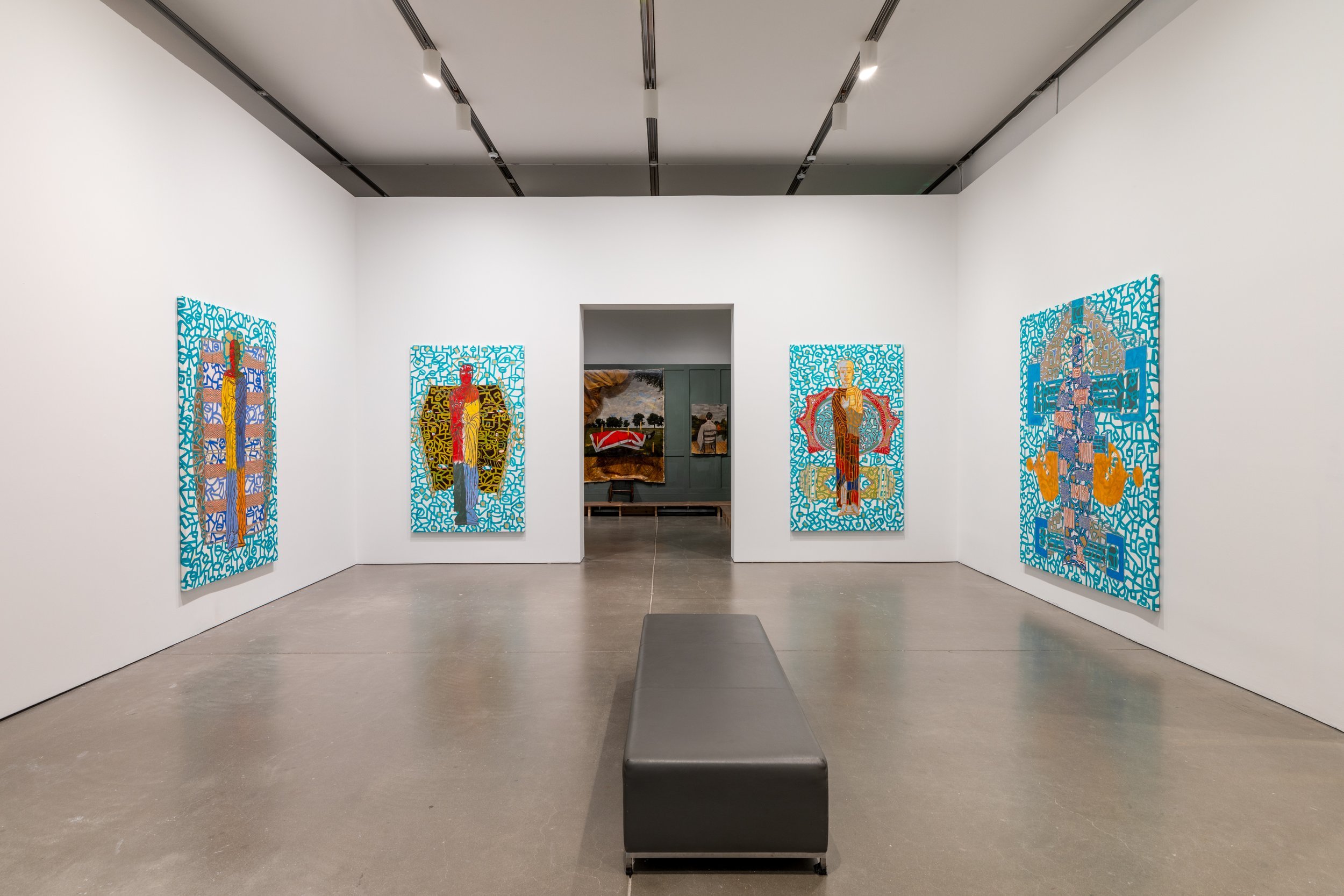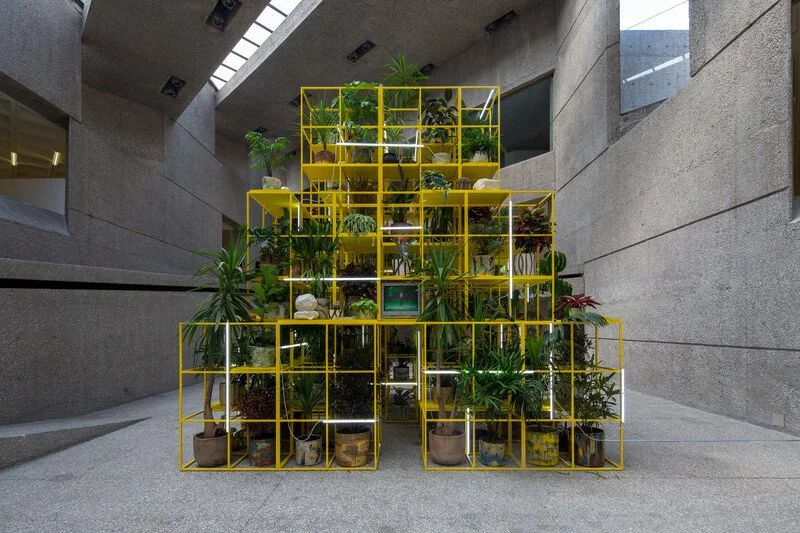via: helis
John T. Scott, a prolific and influential artist, has left an indelible mark on the world of contemporary art with his innovative and dynamic works. His ability to seamlessly blend traditional African and African-American artistic elements with modern techniques is a testament to his unique vision and artistic prowess. One notable aspect of Scott's oeuvre is his mastery of metalwork, evident in sculptures that exude a harmonious fusion of form and function. The intricate details and fluidity in his pieces not only showcase his technical skill but also convey a profound understanding of cultural heritage and identity.
Scott's art often serves as a powerful commentary on social and political issues, addressing themes such as race, identity, and resilience. His work engages viewers in a dialogue that encourages them to reflect on the complexities of the human experience. Through the use of symbolism and metaphor, Scott manages to convey a profound sense of history and storytelling, adding depth and layers to his creations. His commitment to exploring the intersection of tradition and modernity, coupled with a keen awareness of societal challenges, elevates his work beyond mere aesthetic appeal to a platform for thoughtful contemplation.
While John T. Scott's contributions to the art world are significant and praiseworthy, some critics argue that his work can be challenging to interpret for those unfamiliar with the cultural nuances and historical references embedded in his pieces. Additionally, the density and complexity of his compositions may pose accessibility issues for certain audiences. Nevertheless, it is this very complexity that contributes to the richness of Scott's art, inviting viewers to delve deeper into the layers of meaning and appreciate the profound connections between art, culture, and societal narratives that he skillfully explores.
-RJG





